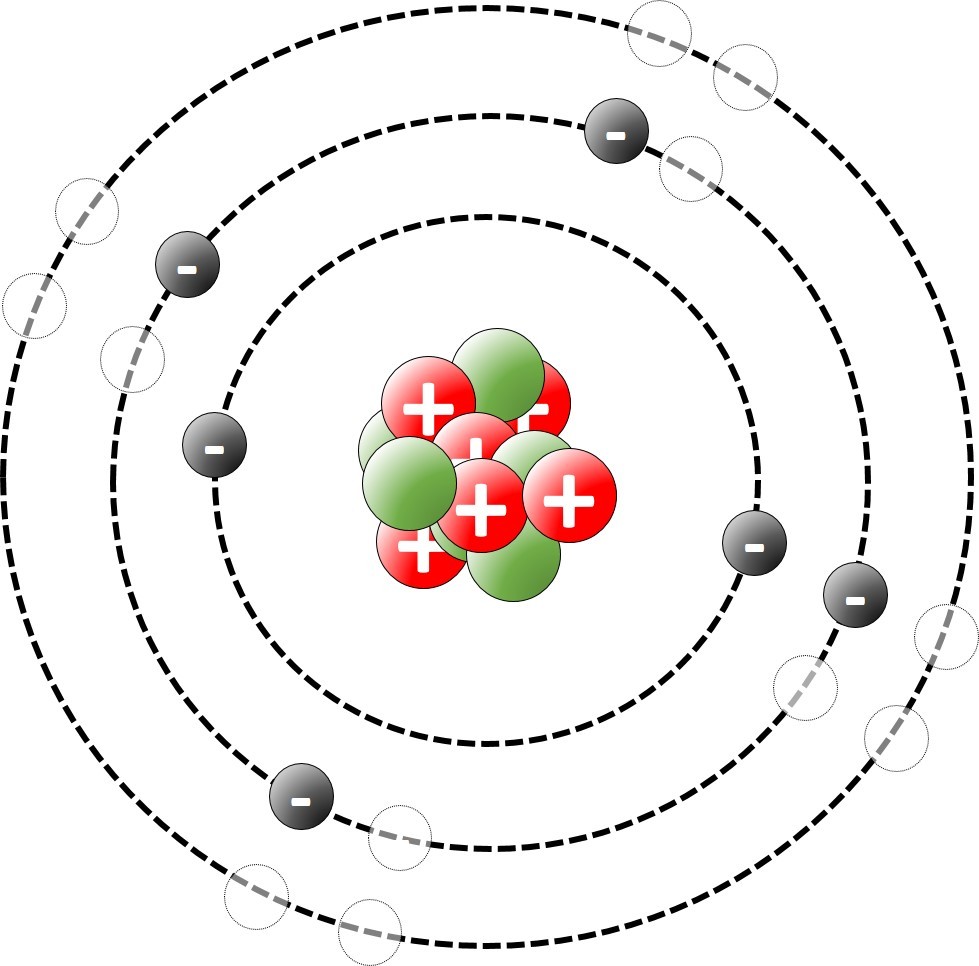


Structures that do not satisfy the ``classic'' 4n+2 rule, such as Coronene,Ĭorannulene and Kekulene. Importantly, this rule applies to both flat and curved systems, encompassing a wide variety of known 65, 2849–2852 (1994).We recently investigated a particular class of carbon nanocones, and presented a generalized Hückel rule that predicts the character of their ground state based on simply the three topological indices that uniquely define them. Low-temperature scanning tunneling microscope for use on artificially fabricated nanostructures. in Scanning Tunneling Microscopy and Spectroscopy (ed. Spectroscopy of single atoms in the scanning tunneling microscope. Tunneling spectroscopy of the Si(111)2 × 1 surface. Electronic structure of the Si(111)2 × 1 surface by scanning tunneling spectroscopy. Resonance-tunneling spectroscopy of atoms adsorbed on metal surfaces: theory. Size, shape, and low energy electronic structure of carbon nanotubes. in Buckminsterfullerenes (eds Billups, W. STM atomic resolution images of single-wall carbon nanotubes. Electron nano-diffraction study of carbon single-walled nanotube ropes. Crystalline ropes of metallic carbon nanotubes. Science of Fullerenes and Carbon Nanotubes (Academic, San Diego, (1996)). Electronic structure and localized states at carbon nanotube tips. Scanning tunneling spectroscopy of carbon nanotubes. Nanotube structure and electronic properties probed by scanning tunneling microscopy. Vapor-condensation generation of and STM analysis of fullerene tubes. Electrical conductivity of individual carbon nanotubes. Single-electron transport in ropes of carbon nanotubes. Individual single-wall carbon nanotubes as quantum wires. Electronic structure of chiral graphene tubules. New one-dimensional conductors: graphite microtubules. Helical microtubules of graphitic carbon. We also observe van Hove singularities at the onset of one-dimensional energy bands, confirming the strongly one-dimensional nature of conduction within nanotubes. The bandgaps of both tube types are consistent with theoretical predictions. We observe bothmetallic and semiconducting carbon nanotubes and find thatthe electronic properties indeed depend sensitively on thewrapping angle. Here we present the results of scanning tunnelling microscopy and spectroscopy on individual single-walled nanotubes from which atomically resolved images allow us to examine electronic properties as afunction of tube diameter and wrapping angle. Although the electronic properties of multi-walled and single-walled nanotubes 5, 6, 7, 8, 9, 10, 11, 12 have been probed experimentally, it has not yet been possible to relate these observations to the corresponding structure. In other words, similarly shaped molecules consisting of only one element (carbon) may have very different electronic behaviour. Their electronic conductivity, for example, has been predicted 2, 3, 4 to depend sensitively on tube diameter and wrapping angle (a measure of the helicity of the tube lattice), with only slight differences in these parameters causing a shift from a metallic to a semiconducting state. Since their discovery in 1991 1, the peculiar electronic properties of these structures have attracted much attention. Carbon nanotubes can be thought of as graphitic sheets with a hexagonal lattice that have been wrapped up into a seamless cylinder.


 0 kommentar(er)
0 kommentar(er)
